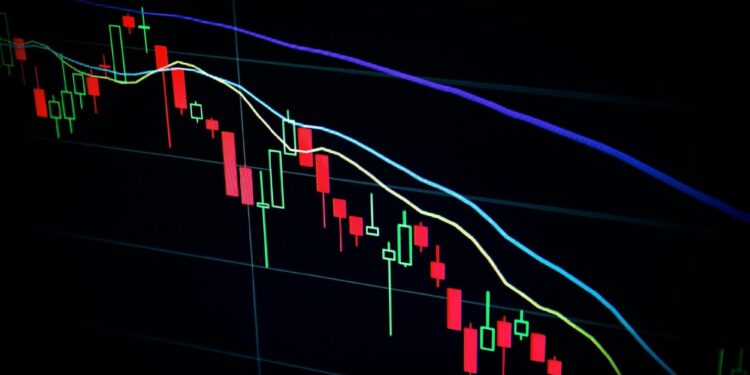There are two fundamental knowledge that strategic traders must have: the understanding of timing, and that of liquidity. In fast-paced and volatile trading environments, there have been countless instances of fortunes being lost in a few minutes. How then can strategic traders protect themselves from such cases? By understanding “what is liquidity in crypto?”
This article will demonstrate how liquidity is important in making informed decisions about when to hold or sell our digital assets.
Liquidity
Liquidity in crypto means how quickly an asset can be bought or sold in the market without causing a significant shift in the asset price. If an asset has high liquidity, it must have plenty of buyers and sellers in the market. Consequently, it is easy and fast to enter or exit positions at expected and reasonable prices. Low liquid assets, however, have a limited number of buyers and sellers and therefore have a wider price spread and risk of slippage.

Examples of highly liquid assets in the crypto market are Bitcoin and Ethereum. Smaller altcoins and niche tokens usually have low liquidity.
Importance of Liquidity
The following are the most important application areas of liquidity in the crypto space:
- Market Efficiency: Highly liquid assets allow you to execute trades quickly, but more importantly, at predictable prices. You should consider the possibility of getting a fair price or slippage when deciding to sell or hold an asset.
- Price stability: Low liquid assets have volatile prices, and small trades may cause very significant price changes. Therefore, while holding illiquid assets, be wary of the fact that the prices can crash just as quickly as they spike up.
- Risk Management: By understanding liquidity and learning how it affects you when you sell or hold as mentioned above, it becomes easy for you to manage your risks as a trader and make better-informed decisions.
How to Assess the Liquidity of your crypto asset
The following tools and metrics can help you determine how liquid your crypto asset is:
- 24-Hour Trading Volume: The trading volume of the asset for the past 24 hours is publicly and easily available. You can check on CoinMarketCap or CoinGecko. High trading volume indicates high liquidity.
- Order book depth: An order book with a tight spread indicates high liquidity.

- Slippage Tolerance Settings: Slippage settings usually indicate how liquid the market is in decentralized exchanges. If you’re being made to use high slippage, the asset is illiquid.
- Liquidity pools: DeFi traders can check the size of their liquidity pool.
When to Hold
It is generally advised to hold when:
- The asset is highly liquid, backed up with strong fundamentals, and has long-term potential
- the general market sentiment is bullish and you believe there will be enough liquidity to exit profitably later
- The asset is stable with consistent trading volume and tight spread
- You have a long-term strategy and the asset has the potential of being liquid enough for future exits.
When to Sell
Consider selling when:
- the trading volume is dropping and the order book is thinning out
- there’s a quick spike in the price of the asset, it could be a sign that it’s a pump and dump
- even though the liquidity is high, the market is showing signs of resistance at a price level
- you find an asset with a better potential and higher liquidity
Liquidity plays a very important role in crypto trading strategy, it’s a very important factor to consider when deciding to hold or sell. Always remember that it’s better to hold an asset when it is liquid and shows long-term potential, however, it’s better to sell when the liquidity is fading or the market is shifting against you.













